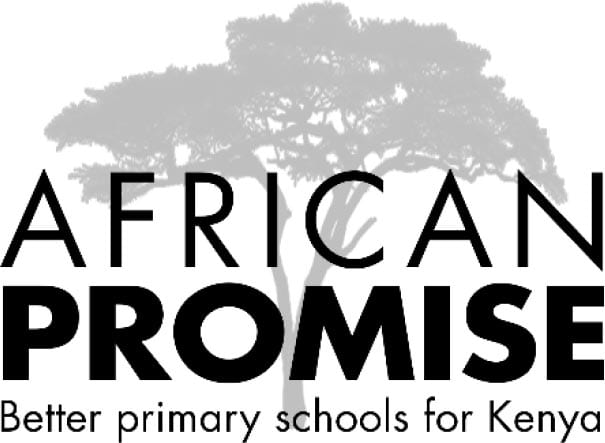This week (Monday 17 June to Saturday 22 June) is Small Charity Week and the chance to celebrate the life-changing work done day-in, day-out by hundreds of thousands of small charities across the UK, impacting the lives of millions of vulnerable people in communities both at home and abroad.
We are a small charity ourselves and are very proud to be part of this vital, but often under-appreciated, part of the charitable sector. As we celebrate Small Charity Week we have taken a moment to reflect on what it means, for us, to be a small charity: the benefits that come with being ‘small’, as well as the many challenges, of course! Hopefully it will shed some light on what life is like as a small charity!
Firstly though, what do we mean by ‘small charity’?
The Foundation for Social Improvement (the organisers of Small Charity Week) define a small charity as those with income of less than £1m per annum. There are an incredible 160,934 small charities in the UK by this definition! This represents the vast majority of the sector (96% of all registered charities) but, amazingly, these charities receive just one fifth of the £50b donated annually to charities. To put it another way, just 4% of UK charities account for 80% of funds donated by the UK public and other funders!*
What does being a small charity mean for us in practice?
With an annual income of approximately £200,000 we fall comfortably within the bounds of a small charity when measured by income but for us, it is more than just our income that classes us a small charity.
We are also a very small team: just four Trustees currently, our founder and CEO, and two full-time members of staff in Kenya. Having just three members of paid staff and four volunteer Board members means we lack the breadth of skills and knowledge that larger charities can benefit from: that means either having to source pro-bono voluntary support, which can be difficult and time-consuming to find, to outsource work to specialists consultants, which is often expensive and unaffordable, or more often than not, just having staff and Trustees willing to put their hands and mind to whatever it is that needs doing! On a day-to-day basis our CEO, for example, can find himself working on our strategy one moment, to creating social media content or making travel arrangements the next!! The unfortunate reality is that most of the time there is simply more work to do than there are hours in the day to do it.
Even with our limited personnel, being a small charity allows us to have close and personal relationships with our donors and supporters, with our partner schools and their headteachers, and with our suppliers and partners, in a way that larger charities may not be able to (or choose not to!).
From a donor’s perspective, this means getting an experience when donating to us that you might not get when donating the same amount to a larger charity. Whether you give £5-a-month or £5,000 a year, we aim to treat all our donors as individuals rather than just a name or reference number.
When it comes to relationships with our partner schools and beneficiaries, it means having a WhatsApp group for all headteachers and our project staff to share information and to receive updates, news and photos to share with our supporters, it means knowing the names of teachers and committee members across our partner schools, and it means being part of the community in which we work.
From a supplier’s perspective, it means working with small businesses as much as possible – both in the UK and in Kenya – and supporting the people and entrepreneurs behind them. Our hardware materials supplier in Kenya, for example, has grown from a tiny, entirely family-run outfit operating out of a ramshackle hut into a business employing dozens of staff based in a purpose-built warehouse in the 10 years that we have been a customer. We are proud of the relationship that we have built with them, and with our other local suppliers, and it is just one way that our work, and the support of our donors, has an impact beyond our immediate beneficiaries in our partner schools and their pupils.
For all the benefits that being a small charity brings, the single largest challenge we face in being a small charity is, of course, bringing attention to our cause in the first place. Our own networks can only take us so far but without sufficient funds to invest in effective marketing campaigns and, even with the advent of opportunities like Google Grants (which gives charities and not-for-profits up to $10,000 worth of free Google advertising each month), it is a constant struggle to raise our profile, to grow our supporter base, and to generate new ways of raising funds on a very tight budget. It is especially difficult because our cause is not close to home and (for now) our beneficiaries are not likely to go on to become supporters of the charity, at least not in a financial capacity.
Even when we do find potential new supporters, it often ends in disappointment: funding applications that we invest precious time in researching and writing get turned down; promises of donations or pledges to raise funds come to nothing; and challenge event participants disappear into thin air or do not raise enough even to cover the cost of their (often expensive) places. Of course, many charities suffer similar experiences, but it is particularly devastating for small charities like ours, where resources (both time and money) are in limited supply and where our staff are so personally and passionately invested in our cause.
That said, being a small charity affords us an intimate knowledge and understanding of our partner schools which allows us to show the donors and supporters we *do* have exactly where every penny of their donation goes and what it helps to achieve and that, perhaps, is the single greatest thing about being a small charity!
*Source: NCVO, UK Civil Society Almanac 2019 (data.ncvo.org.uk)


